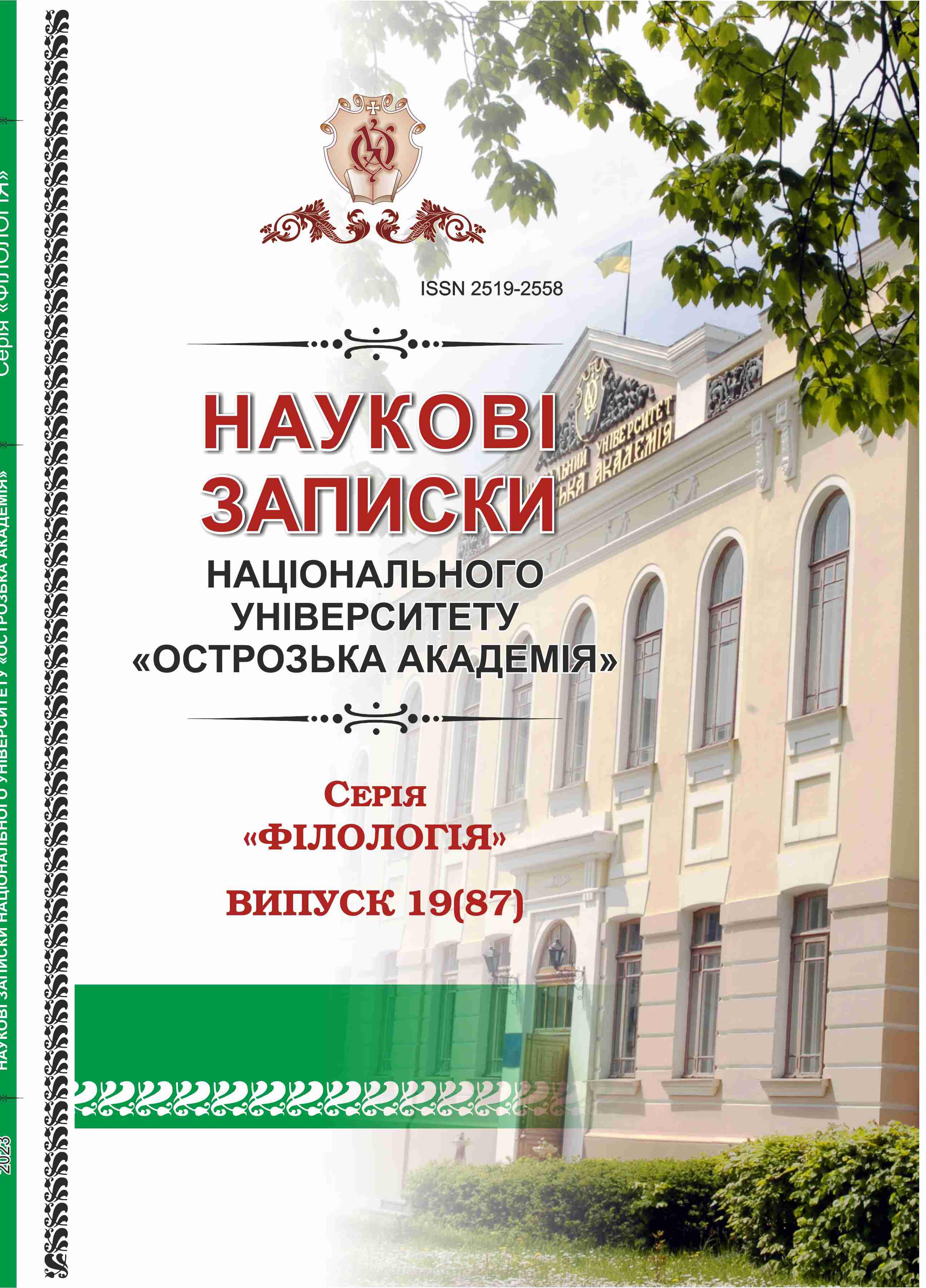ЛЕКСИЧНИЙ СКЛАД АНГЛІЙСЬКИХ КОМПАРАТИВНИХ ФРАЗЕОЛОГІЗМІВ НА ПОЗНАЧЕННЯ РИС ХАРАКТЕРУ І ТЕМПЕРАМЕНТУ ЛЮДИНИ
Ключові слова:
компаративні фразеологізми, позначення, риси характеру, риси темпераментуАнотація
Стаття присвячена дослідженню лексичного складу компаративних фразеологізмів на позначення рис характеру і темпераменту людини сучасної англійської мови, зафіксованих у словнику Concise Dictionary of Metaphors and Similes. Проаналізовано компаративні фразеологічні одиниці на позначення позитивних і негативних рис характеру, які виражають ставлення людини до праці, до себе, до інших людей і до речей, та компаративні фразеологічні одиниці на позначення рис, притаманних чотирьом типам темпераменту людини – холерику, сангвініку, флегматику і меланхоліку.
Ставлення до праці проявляється через такі риси характеру, як працьовитість, старанність, організованість або ж лінощі. Ставлення до себе репрезентують такі риси характеру, як незалежність, скромність, безсоромність, гординя, честолюбство, самовпевненість, егоїзм, знецінювання себе, безхарактерність, безпомічність, мінливість.
Ставлення до людей виявляється в таких рисах характеру, як ввічливість, чесність, справедливість, правдивість, лояльність, щирість, вірність, надійність, відданість, доброта, лагідність, невірність, ненадійність, заздрість, ревнощі, грубість, жорстокість, безжалісність, невдячність, безпринципна покора, надмірна довірливість. Ставлення особистості до речей демонструють такі риси характеру, як охайність, щедрість і жадібність.
З’ясовано, що лексичний склад проаналізованих компаративних фразеологізмів представлений такими групами слів: 1) назвами людей за віком, сімейним станом, родинними та позашлюбними стосунками; 2) назвами людей за титулом, соціальним статусом, професією, родом діяльності, територіальною та національною приналежністю; 3) назвами літературних, міфічних та фольклорних персонажів; 4) назвами диких і свійських тварин та їхніх дитинчат; 5) назвами диких та свійських птахів; 6) назвами плазунів і земноводних; 7) назвами риб, ракоподібних та інших морських тварин; 8) назвами комах і червів; 9) назвами рослин, а саме квітів і овочів; 10) назвами природних об’єктів, явищ, стану атмосфери та предметів, виготовлених людиною; 11) назвами проміжків часу; 12) назвами абстрактних понять.

